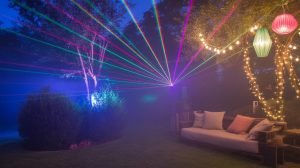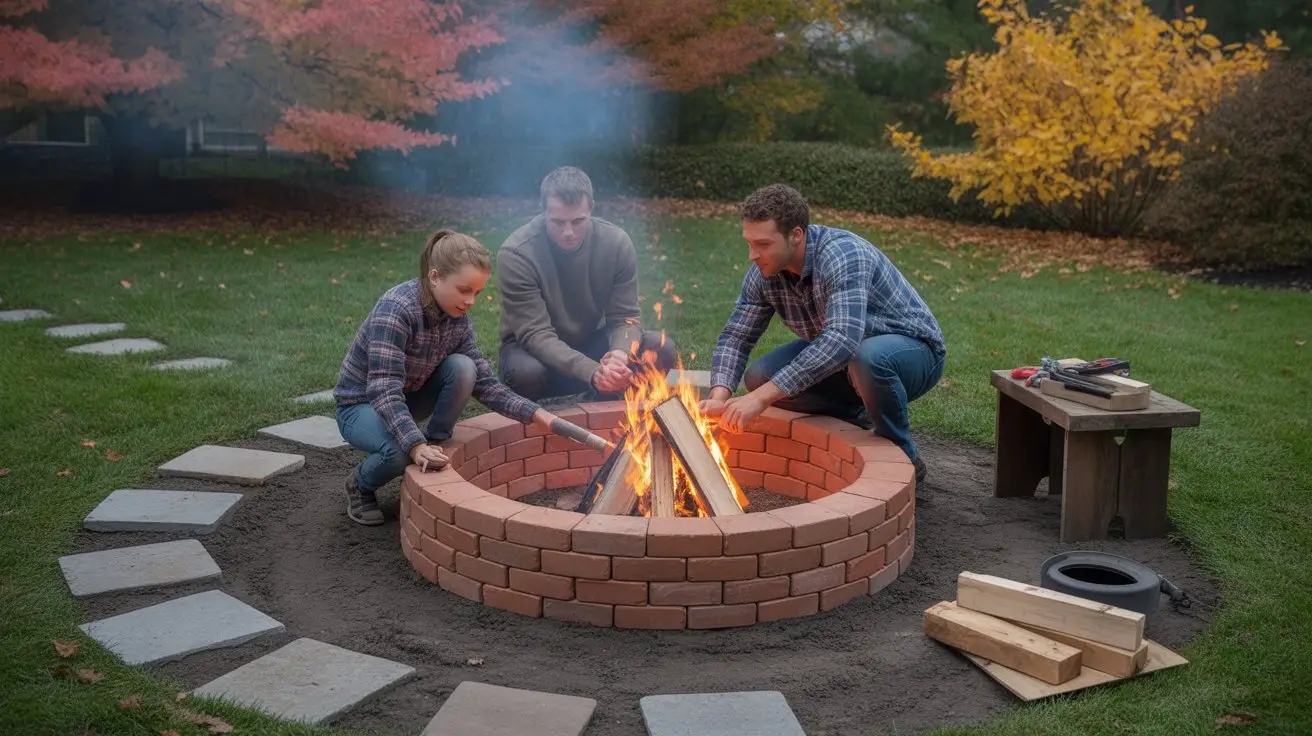Over 40% of model train enthusiasts report that atmospheric effects dramatically increase viewer engagement with their layouts. You’ll find that fog machines can transform your static railway scene into a living, breathing miniature world—but only if you select the right equipment and position it correctly. The type of fog machine you choose will determine whether you achieve realistic steam locomotive effects or create convincing industrial smokestacks, and there’s more to contemplate than just plugging in any standard theatrical fogger.
Types of Fog Machines Suitable for Model Railways
Selection determines success when choosing fog machines for model train layouts. You’ll encounter three primary types: ultrasonic, glycerin-based, and dry ice machines.
Ultrasonic foggers use water and create fine, realistic mist perfect for steam locomotives. They’re quiet, safe, and produce consistent vapor density. Position them in hidden areas with proper ventilation.
Glycerin-based machines generate thicker, longer-lasting fog using heated fluid. They’re ideal for creating dramatic smoke effects from chimneys or industrial buildings. You’ll need fog juice refills and must manage heat output.
Dry ice machines produce dense, low-hanging fog that hugs track surfaces naturally. They require continuous dry ice supply and proper handling equipment. This type works best for temporary demonstrations rather than permanent installations. Fog machines are considered safer due to their use of non-toxic materials, making them a better choice for creating atmospheric effects without health risks.
Consider your layout’s scale, ventilation requirements, and desired realism level when selecting.
Choosing the Right Fog Fluid for Your Layout
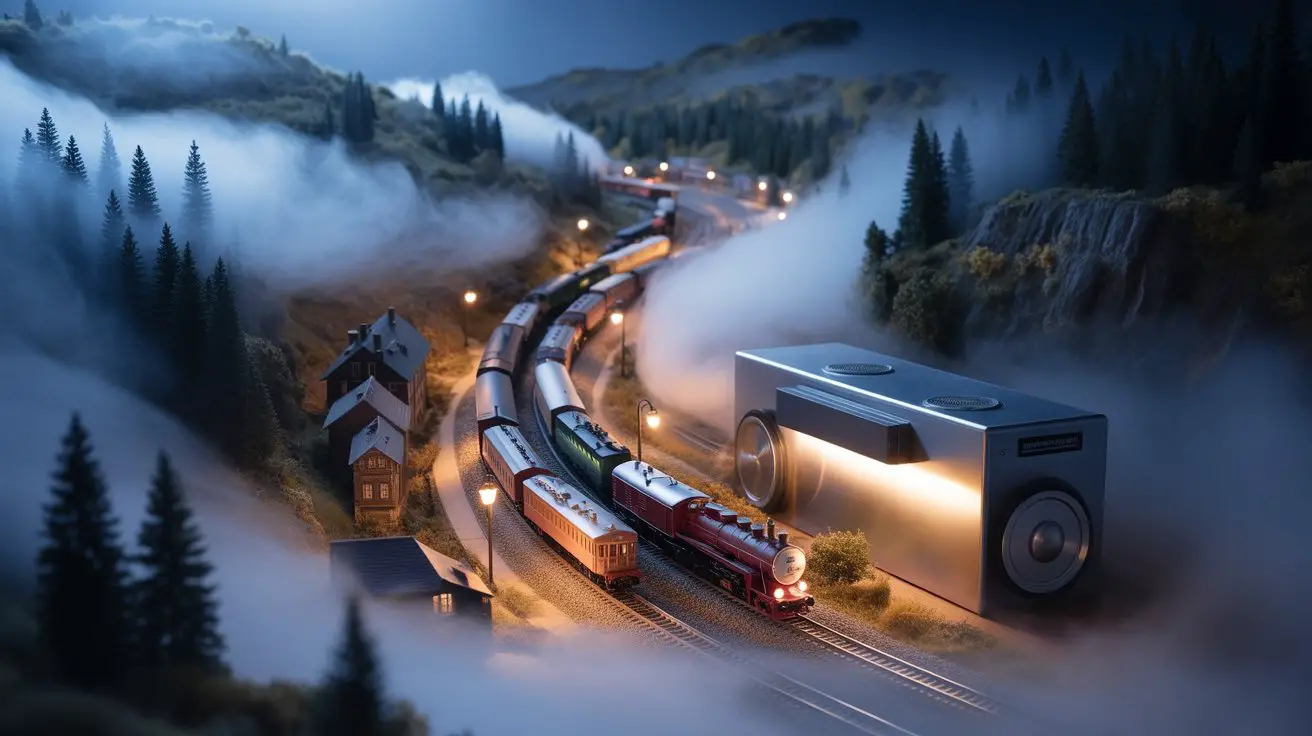
Since fog fluid directly affects vapor quality and equipment longevity, you’ll need to match the correct type to your machine and desired effects.
Water-based fluids produce lighter, dissipating fog ideal for steam locomotives and morning mist effects. Glycol-based fluids create denser, longer-lasting fog perfect for industrial scenes and tunnel effects.
Check your machine’s specifications—ultrasonic units require distilled water with glycerin additives, while heating elements work with commercial fog juices. Additionally, understanding the different types of liquid used in fog machines can help you select the best option for your layout.
Avoid oil-based fluids in enclosed layouts as they leave residue on tracks and buildings.
For realistic steam effects, use light-density fluids with quick evaporation. Heavy industrial scenes benefit from medium-density formulations.
Store fluids in cool, dry locations and replace every six months to prevent bacterial growth and equipment damage.
Proper Placement and Positioning of Fog Equipment
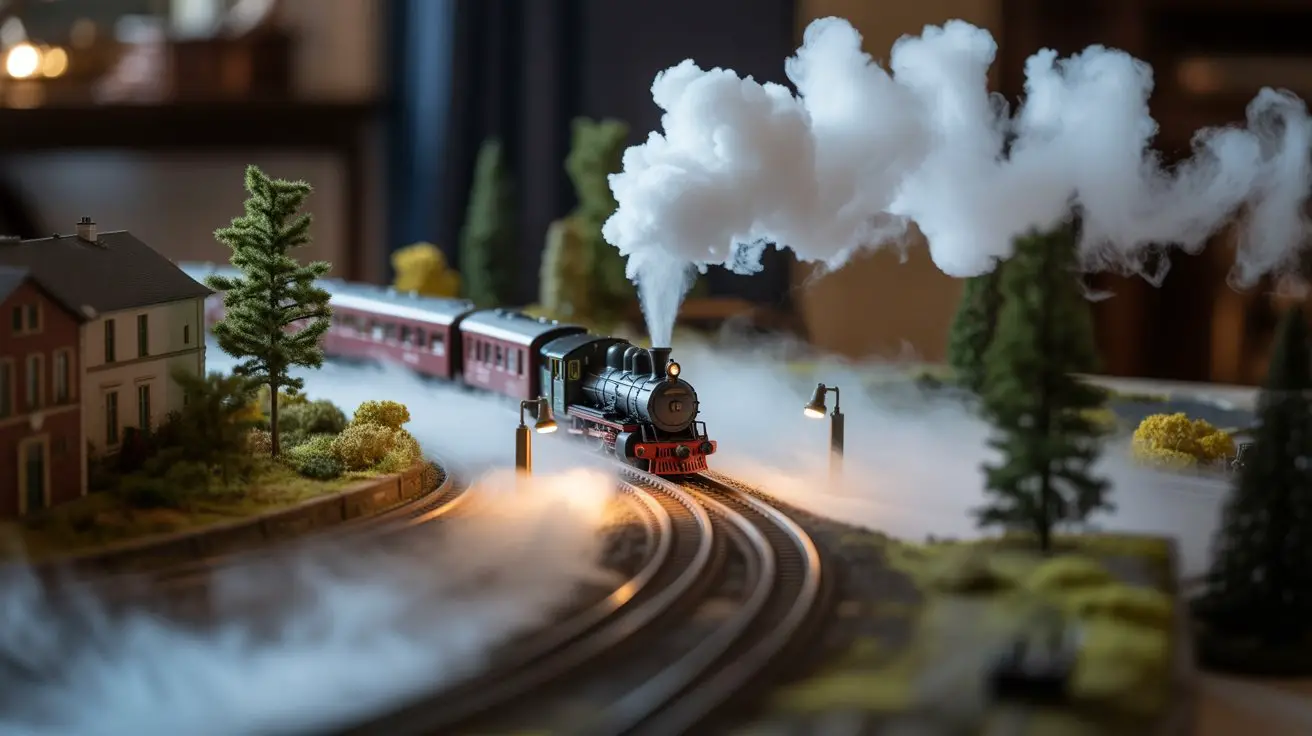
Positioning your fog equipment correctly determines whether you’ll achieve realistic steam effects or create distracting vapor clouds that obscure your entire layout.
Place fog machines below track level, concealed within buildings, tunnels, or landscaped areas. Install small tubes or pipes to direct vapor precisely where steam should emerge—locomotive smokestacks, factory chimneys, or depot areas.
Position intake fans strategically to control fog dispersion and prevent excessive accumulation. Mount them at opposite ends of your layout or near ventilation openings. Keep fog outlets at least six inches from delicate electronics and painted surfaces.
Test different heights and angles before permanent installation. Low-lying fog creates ground mist effects, while elevated placement produces chimney smoke.
Use multiple small units rather than one large machine for better control and realistic distribution across your miniature world. Additionally, consider the different types of fog machines available to select the best fit for your setup.
Scale Considerations and Realistic Effect Proportions
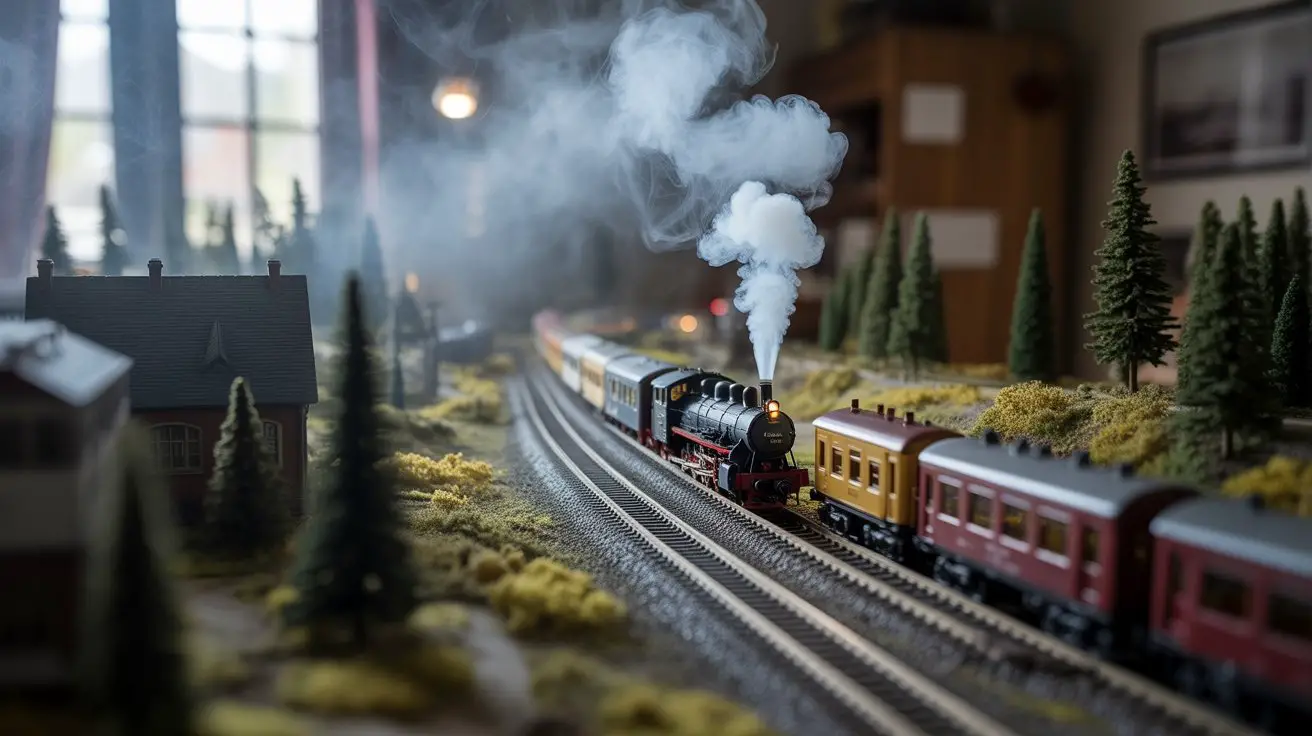
Proper equipment placement means nothing if your fog effects don’t match your layout’s scale. You’ll need to calibrate fog density and duration to create believable proportions for your specific scale.
| Scale | Fog Duration | Density Setting |
|---|---|---|
| HO (1:87) | 2-4 seconds | Low-Medium |
| N (1:160) | 1-2 seconds | Very Low |
| O (1:48) | 4-6 seconds | Medium-High |
Smaller scales require lighter, shorter bursts since oversized fog clouds destroy realism instantly. You’ll want to test different output levels systematically. Start with minimal settings and gradually increase until you achieve proportional effects. Remember that real locomotive steam dissipates quickly in outdoor environments. Your fog should mirror this behavior rather than creating thick, lingering clouds that overwhelm your miniature scenery. Utilizing fog machine fluid can also help create the right effects, as it disperses quickly and mimics natural steam more effectively.
Safety Precautions and Ventilation Requirements
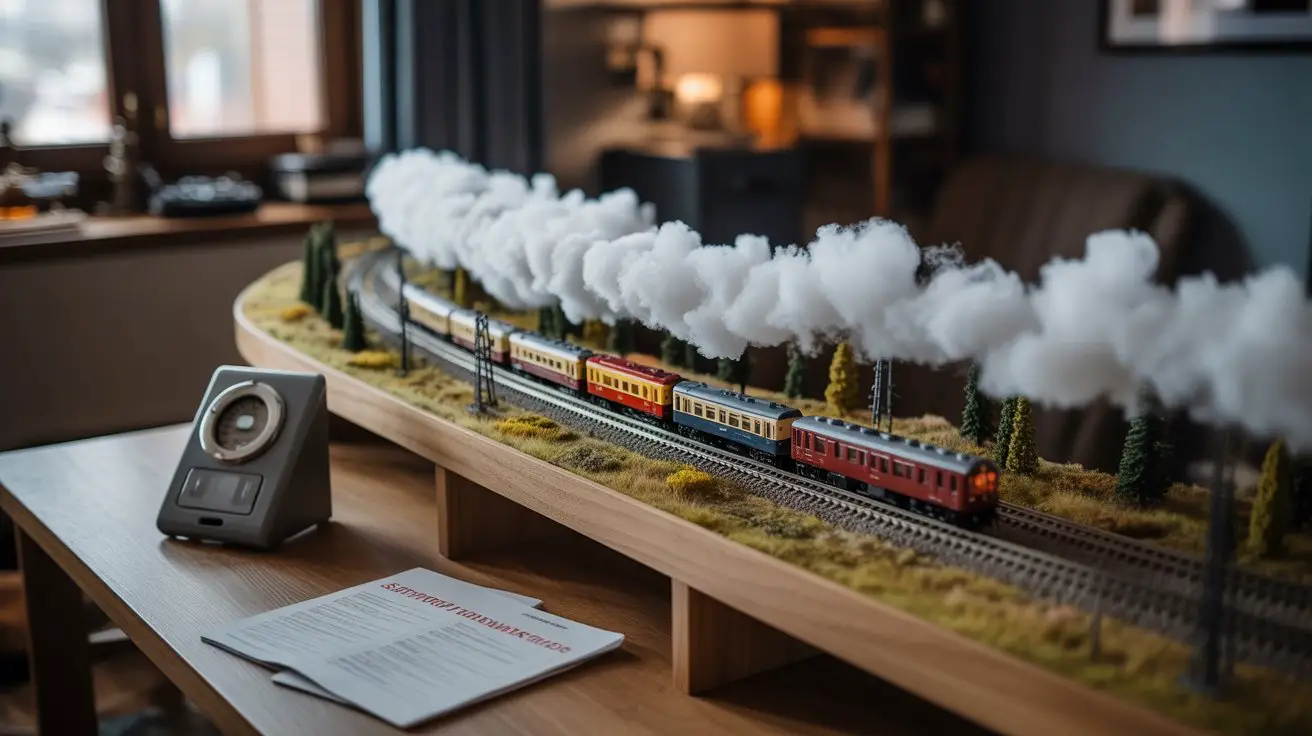
While fog machines create stunning visual effects, they also introduce potential hazards that require careful attention to operator safety and equipment protection.
You’ll need adequate ventilation to prevent fog fluid accumulation, which can damage electronics and create respiratory irritation. Install exhaust fans or operate near open windows during extended sessions. Additionally, be cautious of prolonged exposure to fog, as it may lead to respiratory issues even in healthy individuals.
Never leave fog machines unattended while operating, as overheating can occur. Keep fog fluid away from heat sources and store it properly.
Clean your machine regularly to prevent residue buildup that affects performance and longevity. Check electrical connections before each use.
Position machines away from delicate model components to prevent moisture damage. Use only manufacturer-recommended fluids to avoid equipment damage and guarantee safe operation.
Controlling Fog Output and Timing for Different Scenes
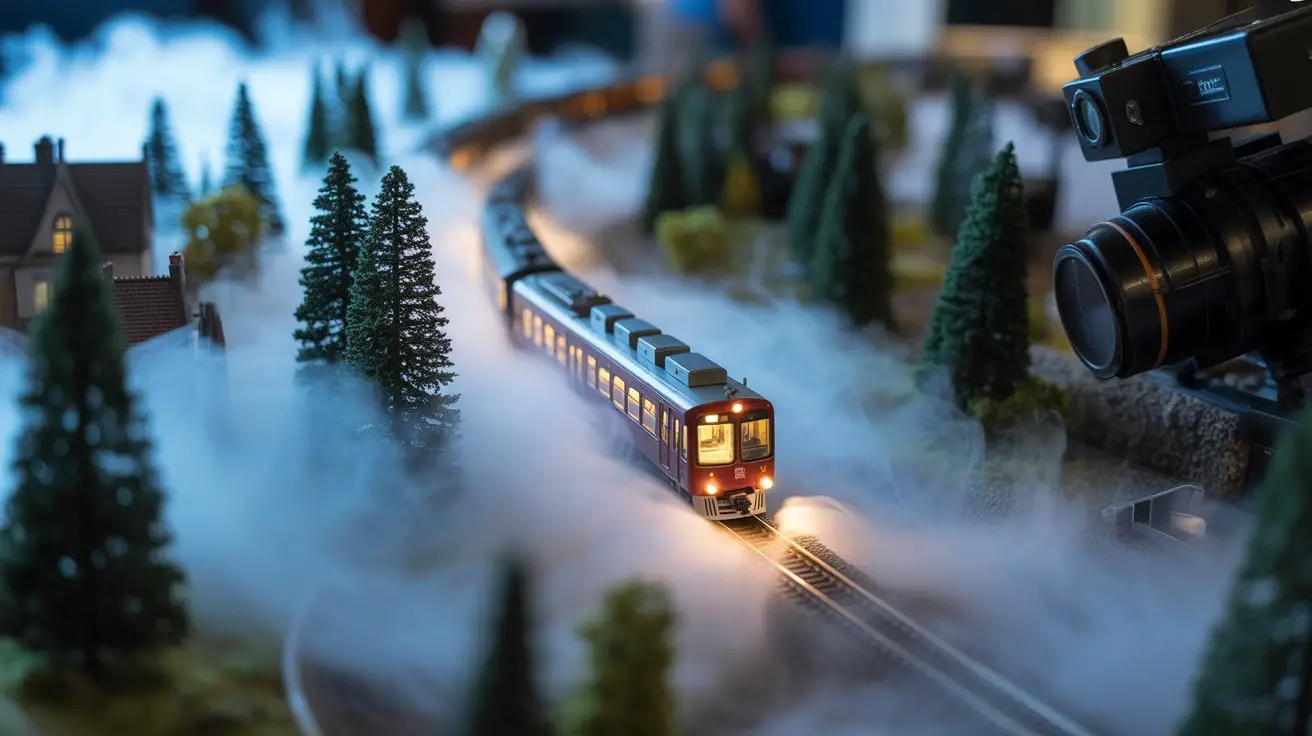
Once you’ve established proper safety protocols, mastering fog output control becomes your next priority for creating realistic atmospheric effects. Your fog machine’s timing and intensity directly impact scene authenticity.
Manual control gives you precise timing for specific scenes like steam locomotives departing stations or industrial smokestacks. Install variable speed controllers to adjust output density—light mist for morning scenes, dense fog for dramatic nighttime effects.
Position timers strategically to coordinate fog release with train movements.
Essential control methods include:
- Digital timers – Program specific on/off cycles for automated operation
- Remote controls – Enable real-time adjustments during operating sessions
- Variable resistors – Fine-tune fog density without cycling power
Match fog intensity to your scene’s scale and prototype behavior for maximum realism.
Maintenance and Cleaning Your Fog Machine
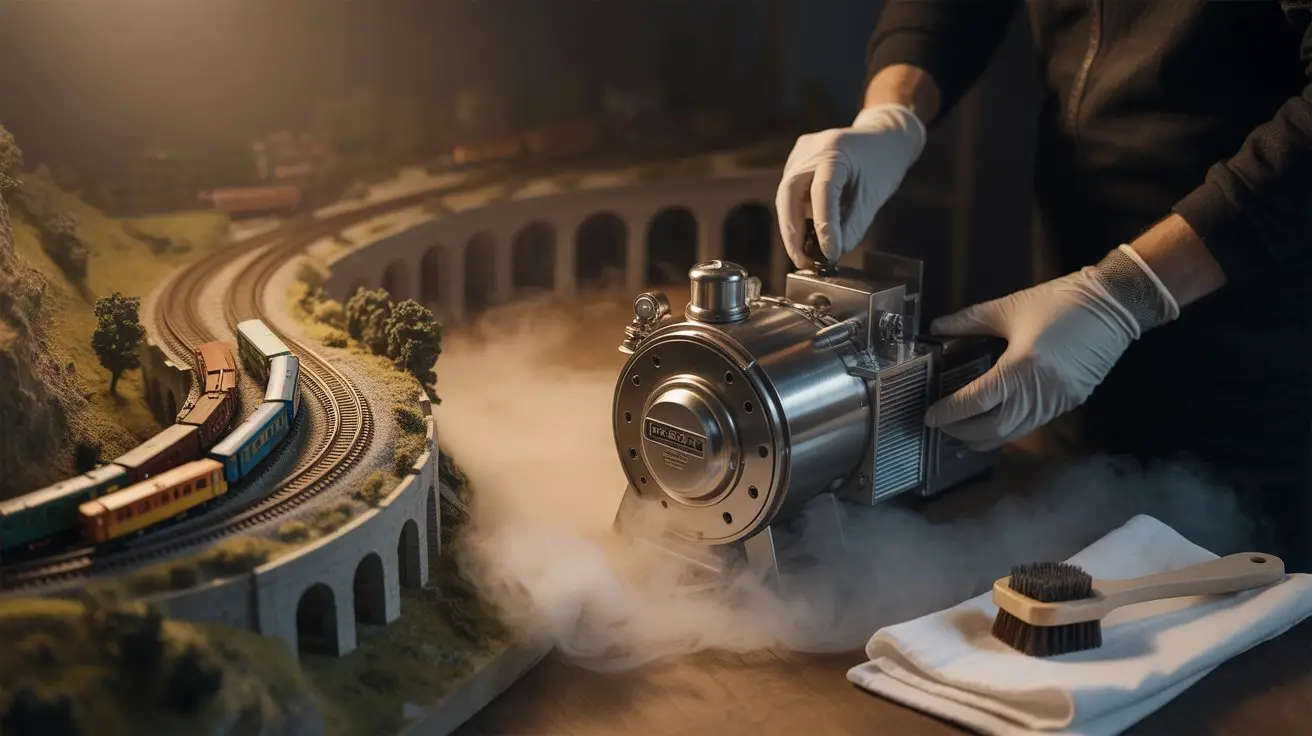
Regular maintenance prevents costly repairs and guarantees consistent fog production throughout your operating sessions. Clean your fog machine after every 40 hours of use or monthly, whichever comes first.
Start by unplugging the unit and allowing complete cooling. Empty remaining fog fluid and rinse the tank with distilled water. Use a 50/50 vinegar-water solution to remove mineral deposits from internal components.
| Component | Cleaning Method | Frequency |
|---|---|---|
| Fluid Tank | Distilled water rinse | After each use |
| Heating Element | Vinegar solution soak | Monthly |
| Output Nozzle | Cotton swab cleaning | Weekly |
Inspect the heating element for corrosion or buildup. Replace worn seals and gaskets immediately. Store your machine with the tank empty and all components completely dry to prevent mold growth and component degradation.
Troubleshooting Common Fog Effect Problems
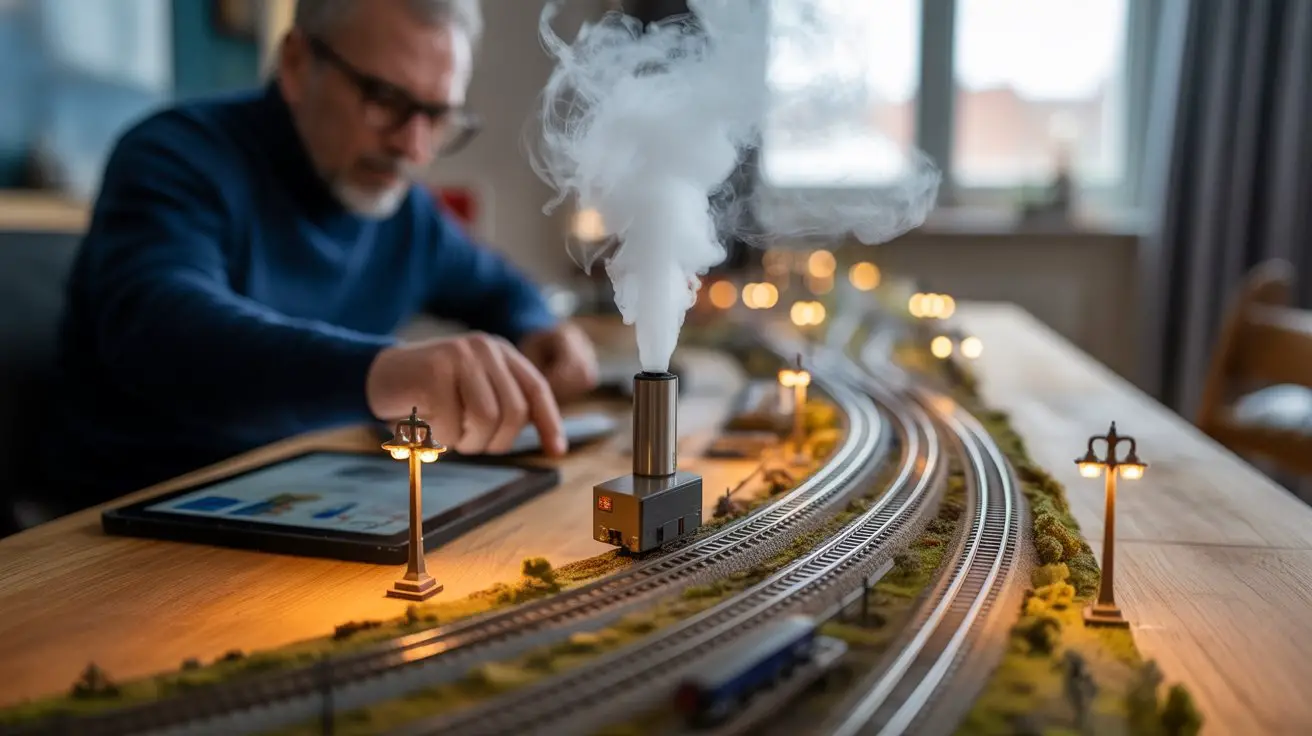
Even with proper maintenance, you’ll encounter fog-related issues that can disrupt your model train operations. Understanding common problems helps you diagnose and resolve them quickly.
Insufficient Fog Output
Check your fluid level first. Low fog juice prevents proper vapor generation. Clean the heating element if buildup restricts output. Verify your machine reaches operating temperature before expecting consistent fog production.
Excessive Fog Density
Reduce output settings or increase ventilation around your layout. Dense fog obscures trains and creates unrealistic effects. Dilute commercial fog fluid with distilled water at 3:1 ratio for lighter effects.
Uneven Fog Distribution
- Position fans strategically to guide fog flow
- Install small computer fans for consistent air circulation
- Use flexible tubing to direct fog to specific layout areas
These solutions restore ideal fog performance for your railway scenes.
Frequently Asked Questions
Can Fog Machines Damage Painted Model Trains or Scenery Over Time?
You’ll risk paint damage if you use oil-based fog fluids, which leave residue. Water-based glycol fluids won’t harm painted surfaces when used moderately. Clean your trains regularly and guarantee proper ventilation to prevent buildup.
How Much Does It Cost to Operate a Fog Machine Regularly?
A penny saved is a penny earned—you’ll spend $15-30 monthly on fog fluid for regular use. Calculate 1ml fluid per minute runtime, plus $5-10 electricity costs for typical home layouts with moderate operation.
Will Fog Effects Interfere With DCC Signals or Electronic Train Controls?
You won’t experience DCC signal interference from fog effects. The vapor doesn’t conduct electricity or disrupt radio frequencies. However, make sure fog fluid doesn’t settle on circuit boards or decoder components, which could cause corrosion over time.
Can I Use Homemade Fog Fluid Instead of Commercial Products?
You shouldn’t use homemade fog fluid because improper glycol ratios can damage your fog machine’s heating element, leave residue on tracks, and create inconsistent vapor density that won’t achieve realistic smoke effects.
Do Fog Machines Work Well in Outdoor Model Railroad Layouts?
Why fight Mother Nature when you can work with her? You’ll find fog machines struggle outdoors due to wind dispersal and humidity variations. Focus on enclosed pavilions or windbreak barriers for ideal fog concentration and visibility effects.
Conclusion
You’ve mastered the art of creating atmospheric fog for tiny trains—congratulations, you’re now qualified to be a meteorologist for a miniature world. Your passengers won’t complain about visibility delays since they’re plastic, and you’ll never face noise complaints from neighbors about your “industrial fog operation.” Just remember: when you’re adjusting fog density with micrometer precision while real trains run late due to actual weather, you’ve achieved the ultimate model railway irony.






